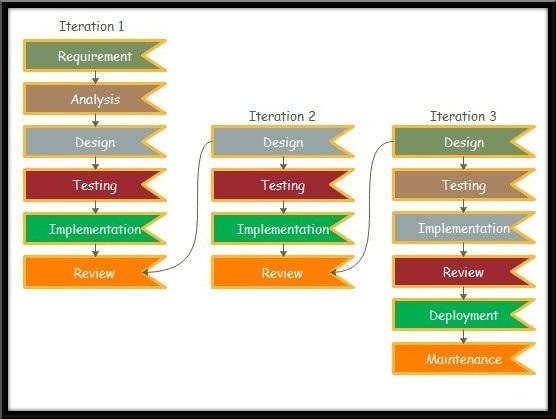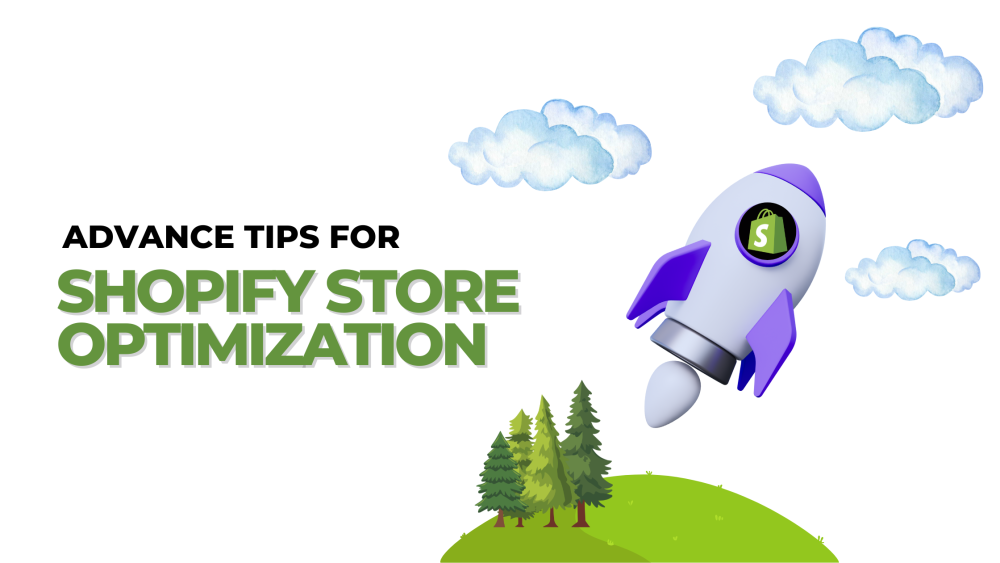Welcome to CodeCrew Infotech



The Various Stages Of Software Development Life Cycles
Software Models:
Software design can be expressed through software models. The software design is typically communicated using abstract symbols or language. The software design is developed and expressed using an object modeling language like UML for object-oriented software.
Methodologies for developing a particular software product to validate its functionality and meet Quality standards are known as software models.
Software Models are the standard ways that an organization can define how a particular software product can be created using any particular software model.
(A) Waterfall Model:-
One of the most common software product development models is the Waterfall Model.
The waterfall model is a sequential model, which means that it develops software in a well-defined order.

1. Requirement Analysis:
This phase's objective is to properly document the customer's precise requirements. In order to document all of the software's functions, performance, and interface requirements, the customer and the software developer collaborate. It doesn't say "how," but instead the "what" of the system that will be made. "During this phase, an important document known as the Software Requirement Specification (SRS) is created with a common language description of the system's capabilities.
2. System Design:
The waterfall model is a classical model used in the system development life cycle to create a system with a linear and sequential process. It is termed a waterfall because the model evolves systematically from one phase to another in a lowered fashion.
3. Implementation:
The design is carried out during this phase. Because the SDD contains all of the information that software developers require, the implementation or coding phase proceeds smoothly if the SDD is completed.
The code is simply reviewed and modified during testing. At first, isolated tests are conducted on small modules. After that, the interaction between these modules and the flow of intermediate output is checked by writing some overhead code.
4. System Testing:
After the software product is finished, it goes through testing, where the system's functionality and quality standards are checked against a variety of inputs provided by the testing team. The testing team notifies the application team of any system bugs for the application team to address. The software is tested once more by the testing team after the changes have been made, and this process continues until the software is found to have bugs.
5. System Deployment:
During the testing phase, the software product must be found to be bug-free before moving on to the deployment phase. During this phase, user acceptance testing is performed to determine whether the software satisfies user requirements and quality standards.
6. System Maintenance:
Maintenance. The software's smooth operation is ensured by providing support and maintenance following the deployment phase. The primary objective of this stage is to fix any errors, defects, or bugs discovered by the client or users during use.
(B) Agile Model:-
In actual situations, the agile model is one of the models that is used the most.
In the software sector, the majority of major corporations, including IBM, Cisco, Microsoft, AT&T, and others, employ an agile model.
The Agile Model takes an iterative approach to development.
The entire process or task is broken up into a number of iterations in an agile model based on the requirements of the project. The deployment of these iterations follows. In an agile model, an iteration typically lasts three to four weeks. In the case of the agile model, the risk associated with the entire software project is also reduced because the project is divided and implemented over a number of iterations.

The Agile model has the following phases:
1. Requirements:
During requirement gathering, we gather all of the requirements for the software that needs to be developed, such as what the system should do, how it should be designed, how it should carry out its tasks, and so on. Additionally, project members participate in brainstorming sessions to generate more and more creative ideas for the software product that needs to be developed.
2. Design:
UML diagrams can be used to implement the design of the actual system that will be developed and how the data must flow in the proposed system once the requirements have been gathered and organized in a well-documented format.
3. Development:
In the Development phase, the developers start implementing the design using a suitable programming language in the actual system. The whole system is developed into a number of iterations and various changes are made to the developed system based on the feedback from the client and project manager. Here the customers get the iterations at regular intervals so better customer satisfaction can be achieved using the agile model.
4. Testing:
After the system has been developed by the developer team, it is sent to the testing team to be tested for bugs, functionality, and quality requirements that the software product must meet. The software is tested by the testing team using a variety of inputs and testing methods during the testing phase. During the testing phase, any bugs discovered are reported to the developer team for further resolution. The testing team retests the software after the developer team has made changes to fix the bug. This process continues until the software is not bug-free, stable, or meets quality standards.
5. Deployment:
The software is deployed at the end user site where User Acceptance Testing is carried out against various inputs to check the software functionality and user/customer satisfaction from the customer's end. This is done after the final software product has been thoroughly tested and found to be bug-free.
6. Review:
The final phase of the agile model is review. A review team is available during the review phase to address user inquiries and potential system issues. The customer's feedback on the customer-developed software product is examined by the maintenance team.
(C) Spiral Model:-
The spiral model is one more significant model utilized in project improvement. A risk-driven model is another name for the risk-driven model, which focuses on risk assessment. The software as a whole is broken up into a variety of prototypes in the spiral model, and each prototype goes through the four stages listed below:

The major stages of the spiral model are as follows:
1. Planning:
During the planning phase, the objectives, such as what must be included in the system's specifications, how the software product must be developed within its constraints, what the system should do, how it should be designed, and how it should carry out its duties?
2. Risk Analysis:
The spiral model's second phase is risk analysis. During this phase, the software's risks are identified, and then the system's risks can be resolved using the methods or ways that have been chosen.
3. Development:
The actual system is developed by the development team during the development phase, where it is tested by the testing team.
4. Assessment:
The spiral model's final phase is assessment, where we plan the next level's design, risk analysis, and development of the proposed system's next-level prototype.
(D) Iterative Model:-
The project is divided into a number of iterations or modules under an iterative paradigm. Iterations or tasks are produced, separated, and deployed from the entire project.

The phases of the iterative model are as follows:
1. Requirement:
At this phase, all needs are gathered and thoroughly documented in a document known as the Software Requirement Specification (SRS).
2. Design:
The system design is formed on the basis of the data gathered from the SRS, which was created during the Requirement phase. The developer team uses a suitable programming language to begin the system's actual development.
3. Testing:
After the system has been developed by the developer team, it is sent to the testing team to be tested for bugs, functionality, and quality requirements that the software product must meet. The software is tested by the testing team using a variety of inputs and testing methods during the testing phase. During the testing phase, any bugs discovered are reported to the developer team for further resolution. The testing team retests the software after the developer team has made changes to fix the bug. This process continues until the software is not bug-free, stable, or meets quality standards.
4. Implementation:
After the testing team has verified that the final software product doesn't have any bugs, it is put into use at the end user's location for User Acceptance Testing (UAT) against a variety of inputs to see how well it works and how satisfied customers and users are.
You may also like













